#Main Concourse ceiling by Paul César Helleu
Explore tagged Tumblr posts
Text






























Grand Central Terminal was opened in New York City on February 2, 1913.
#Main Concourse#Grand Central Terminal#opened#2 February 1913#USA#anniversary#US history#interior#exterior#architecture#cityscape#Midtown Manhattan#New York City#89 East 42nd Street#Reed and Stem#Warren and Wetmore#Beaux-Arts#window#chandelier#West Balcony#Main Concourse ceiling by Paul César Helleu#Information Booth Clock#summer 2018#original photography#travel#vacation#tourist attraction#landmark
2 notes
·
View notes
Text



states of mind: those who go / 12.2019
#new york#new york city#grand central#grand central station#grand central terminal#beaux arts#architecture#buildings#main concourse#paul césar helleu#whitney warren#celestial ceiling#commuters#old pics
63 notes
·
View notes
Text







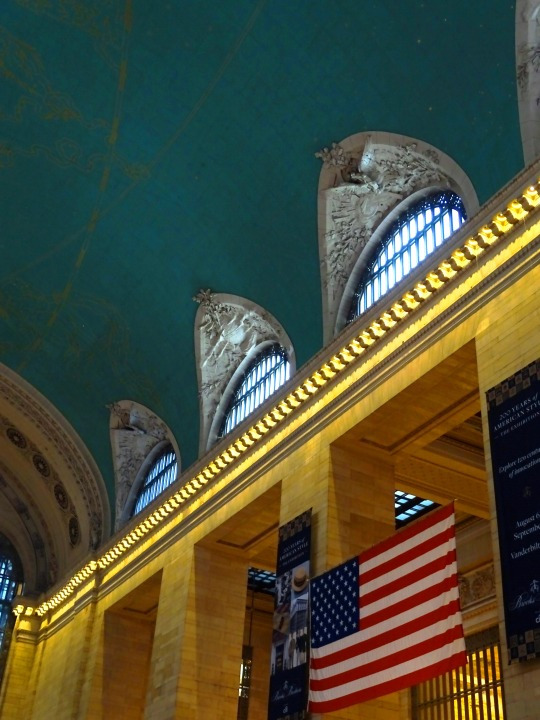
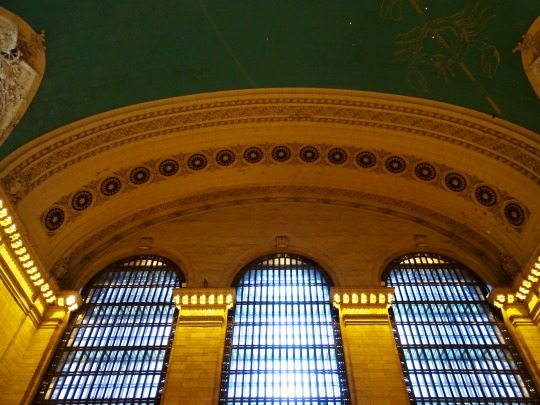










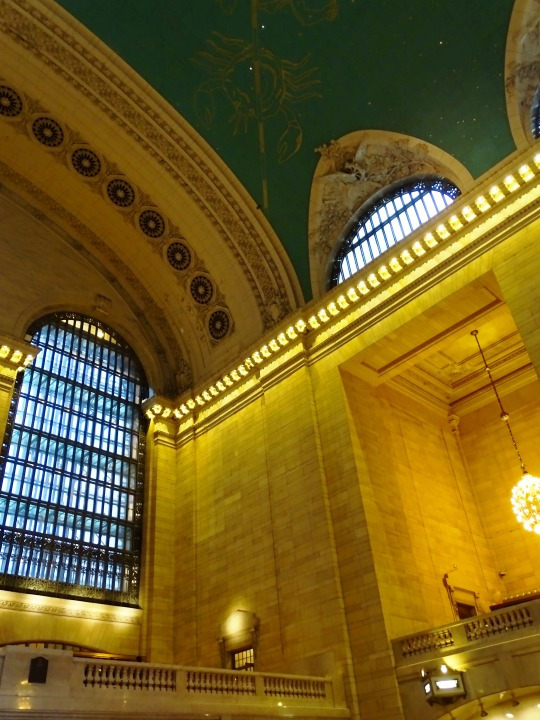
International Astrology Day
Astrology Day takes place on any day from March 19 to March 22. It mostly falls on March 20 and 21 and takes place on March 20. The specific day is dependent on the day that the Northward equinox occurs. The holiday is observed by astrologers and people that are enthusiastic about astrology. Astrology is a pseudoscience that purports to be able to deduce information about terrestrial events concerning human affairs by observing the relative positions and movement of celestial objects. Astrologers regard the holiday as the start of the astrological year. It is the first full day of the astrological sign of Aries, signaling the start of the tropical zodiac.
HISTORY OF ASTROLOGY DAY
In its broadest sense, astrology is the search for meaning in the sky. Markings on bones and cave walls suggest that lunar cycles were being documented as early as 25,000 years ago, indicating that humans made conscious attempts to measure, record, and forecast seasonal changes by reference to astronomical cycles. Astrology became more popular in the 20th century because of the release of the newspaper horoscope which was a common mass media product.
The first World Astrology Day was observed in 1993 by the members of the Association for Astrological Networking (AFAN). Astrology was used to predict the changes in season, it was also used to monitor the celestial bodies, Sun, Moon, stars, and other planets. Traditional studies made use of this astrology learning and it was commonly accepted by cultural and political cycles. There is a belief that astrology started as soon as man started attempting to record, measure, and predict seasonal changes.
Astrologers are known to read horoscopes and even though it has no scientific backing, a lot of people believe in them. Over 70 million Americans go to astrologers to read their horoscopes and predict their futures. Different people are going to astrologers to help them interpret the stars for advice. Understanding the locations of the stars is the foundation of astrology, which appears to be a scientific enough subject in itself.
ASTROLOGY DAY TIMELINE
3000 B.C.
The First Astrologers
The first astrologers are Babylonians.
17th Century
It’s Referred To as ‘Pseudoscience’
Astrology loses its scientific standing and at the end of the century, it is referred to as ‘pseudoscience.’
1983
The Association For Astrological Networking
The Association for Astrological Networking (AFAN) is founded in Chicago.
1993
The First Astrology Day
The first Astrology Day is celebrated by AFAN.
ASTROLOGY DAY FAQS
Is astrology a real thing?
The scientific community rejected astrology because it has no scientific backing so it is being referred to as ‘pseudoscience.’
Who is the “Father of astrology?”
Alan Leo is referred to as the “Father of modern astrology.”
Who is Aries’ enemy?
Aquarius and Virgo are the zodiac signs that Aries considers their enemies.
HOW TO OBSERVE ASTROLOGY DAY
Read your horoscope: Horoscopes are a special and popular part of astrology. A lot of people read their horoscopes to be able to predict their future. You can observe Astrology Day by reading yours too.
Join AFAN: AFAN is designed to support networking and encourage connections between astrologers around the globe. Join today.
Celebrate the beginning of Aries: Astrology Day marks the beginning of the zodiac sign Aries. If you are an Aries you can celebrate in any way you want.
5 INTERESTING FACTS ABOUT ARIES
Aries are very optimistic people: One of the beautiful things about Aries is that they always see the bright side in every situation.
They are very brave: They are not afraid of anything and this means they are risk-takers.
They are very ambitious people: They always want more than the average and they strive to get it.
Aries are short tempered: One negative trait they have is that they get angry easily.
They are attention seekers: They can do almost anything to get attention and validation.
WHY ASTROLOGY DAY IS IMPORTANT
It marks the beginning of Aries: Astrology Day marks the beginning of the first zodiac sign which is Aries. There are two reasons to celebrate that day.
It celebrates astrologers; Astrologers are very important to us and part of what they do is read our horoscopes. Astrology Day celebrates these astrologers.
It is a good day to read our horoscopes: What better day to read our horoscope than Astrology Day? That is the most efficient way to show how important that day is to us.
Source
#Main Concourse Ceiling#Grand Central Terminal#Beaux-Arts#interior#travel#89 East 42nd Street#Reed and Stem#Warren and Wetmore#USA#International Astrology Day#InternationalAstrologyDay#first day of Spring#Midtown Manhattan#New York City#I don't believe in astrology#astrological sign#Paul César Helleu#tourist attraction#landmark#summer 2018#original photography#vacation#architecture#20 March 2025
2 notes
·
View notes
Text

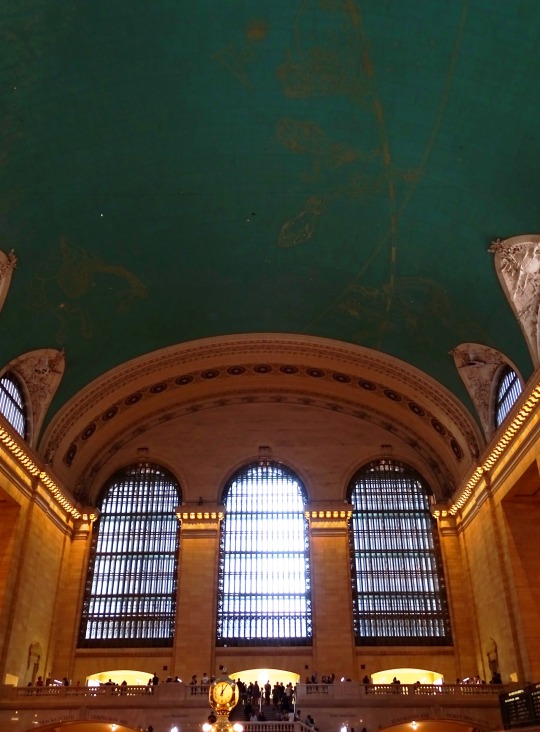


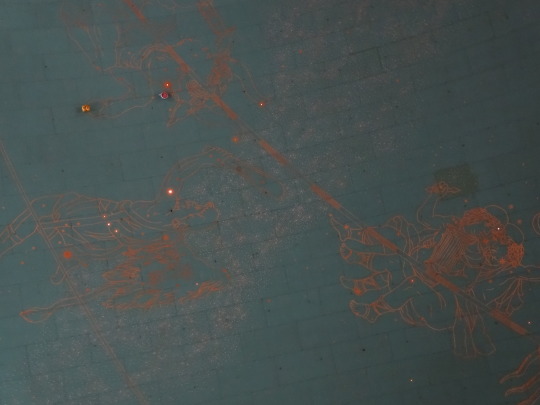

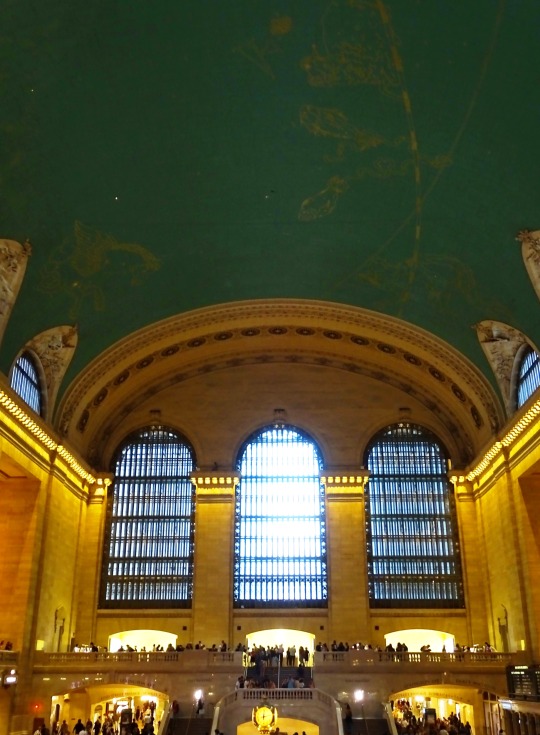
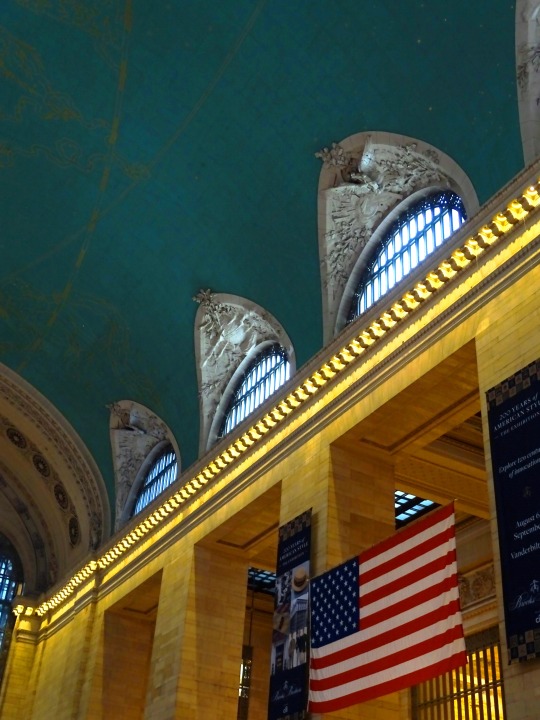

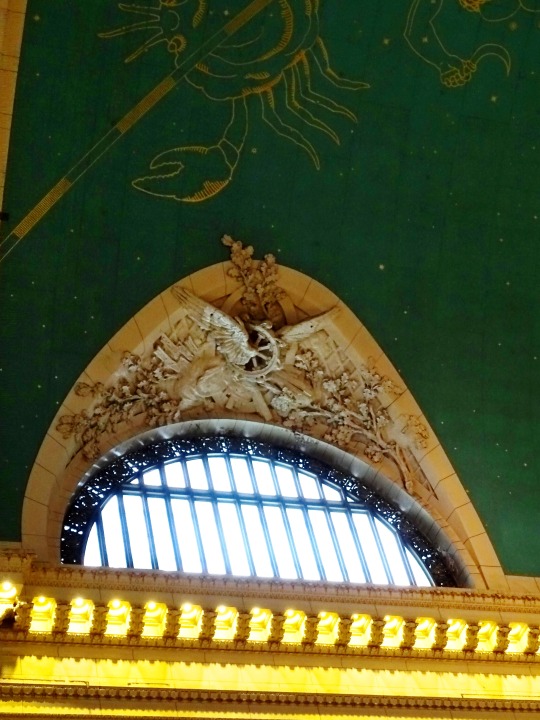

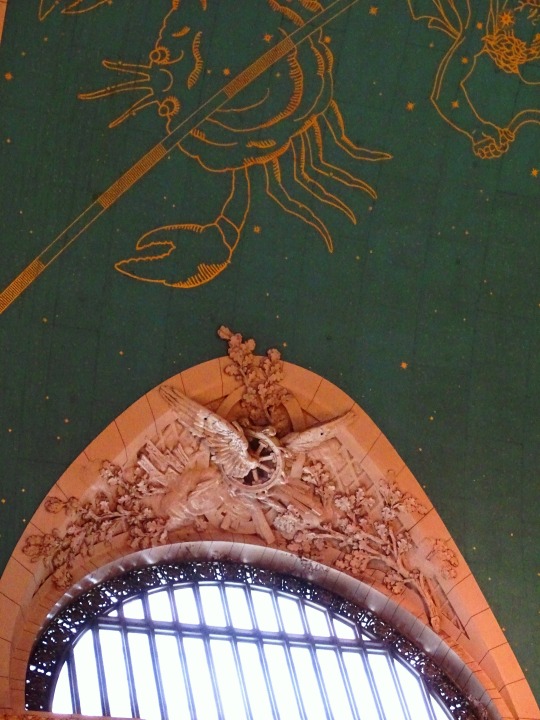

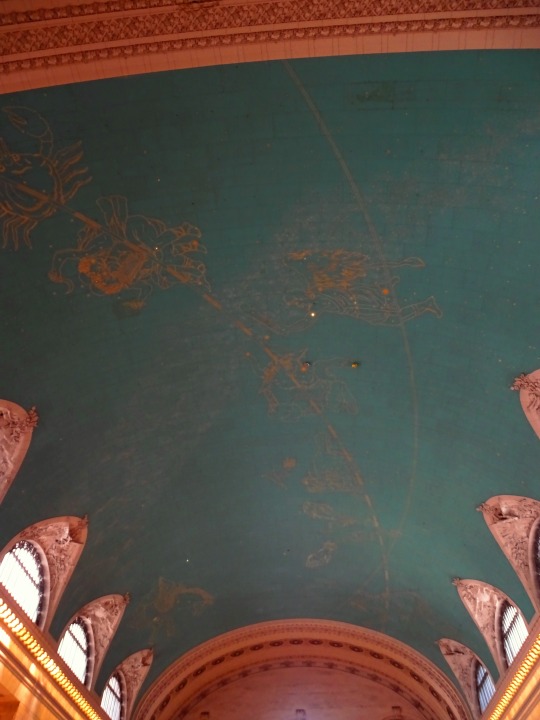

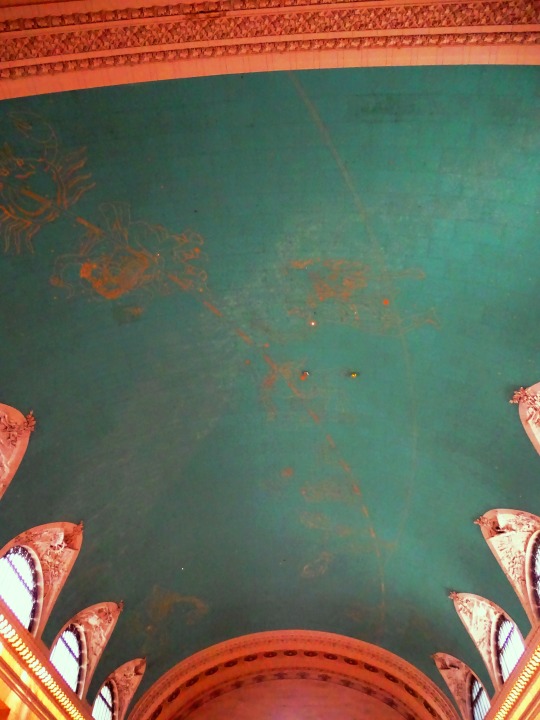

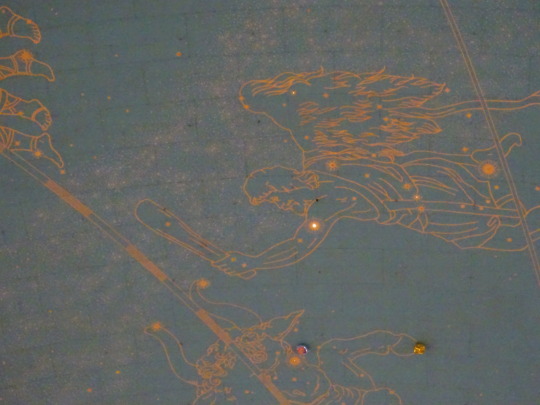

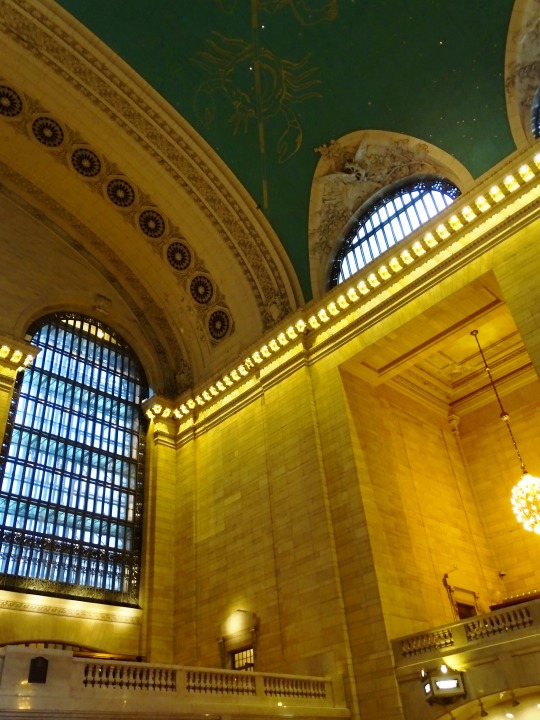
International Astrology Day
International Astrology Day (most often observed on either March 20 or March 21) is an annual observance/holiday celebrated by astrologers and astrology enthusiasts. It is seen by astrologers as the beginning (first day) of the astrological year. It is the first full day of the astrological sign of Aries and thus marks the beginning of the tropical Zodiac.Paul César Helleu
International Astrology Day is celebrated/observed depending on the exact day that the Northward equinox actually occurs. This varies year to year between March 19–22, though it usually falls on March 20 or March 21.
The date of the holiday occurs at the same time of the Iranian new year (Norouz), which is celebrated in many places throughout the Middle East and Central Asia. It also corresponds with the beginning of the Bahá'í calendar, which is celebrated as Bahá'í Naw-Rúz. Other holidays occurring around this time include Ostara (amongst neopagans), Chunfen in China, and Vernal Equinox Day (a public holiday in Japan), among others.
Source
#20 March 2024#19 March 2024#It depends where you live#Main Concourse Ceiling#Grand Central Terminal#Beaux-Arts#interior#travel#89 East 42nd Street#Reed and Stem#Warren and Wetmore#USA#International Astrology Day#InternationalAstrologyDay#first day of Spring#Midtown Manhattan#New York City#I don't believe in astrology#astrological sign#Paul César Helleu#tourist attraction#landmark#summer 2018#original photography#vacation#architecture
3 notes
·
View notes
Photo
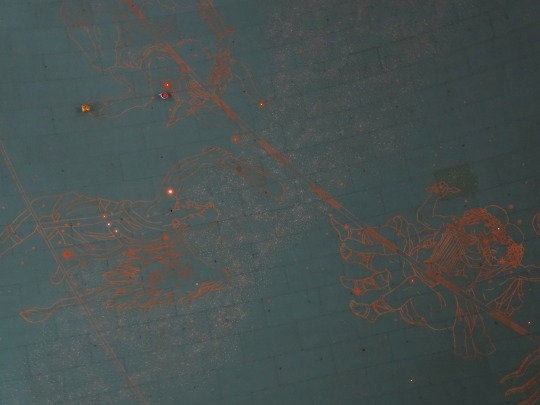

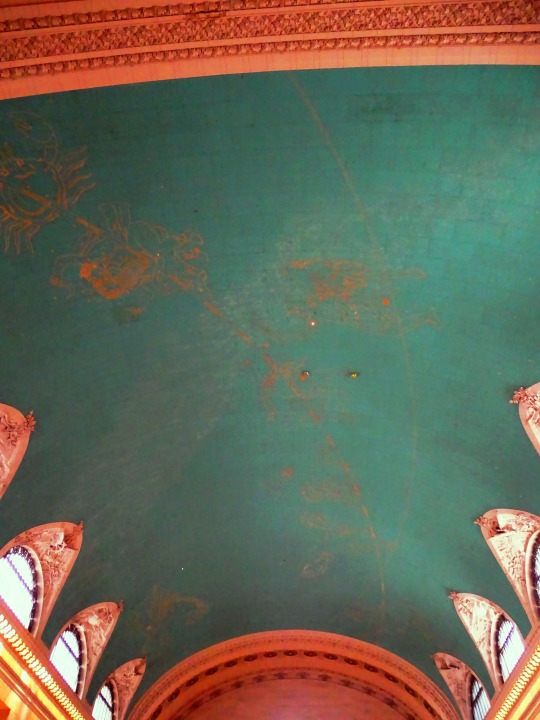

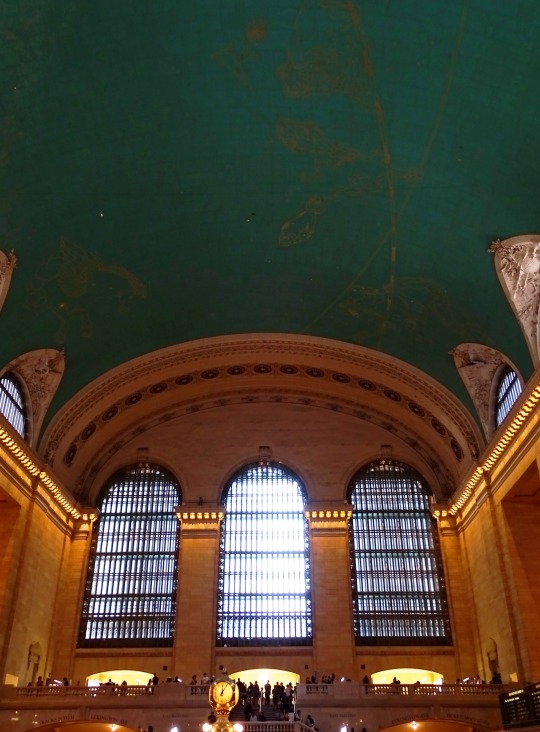
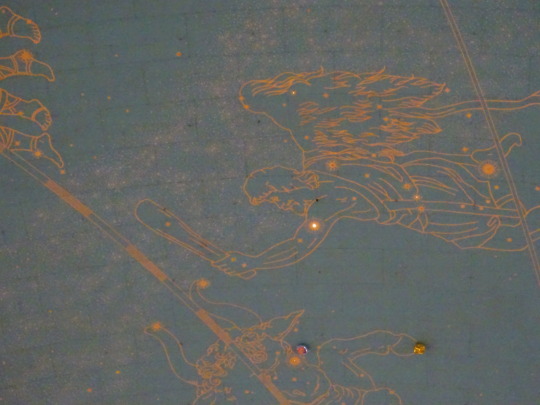
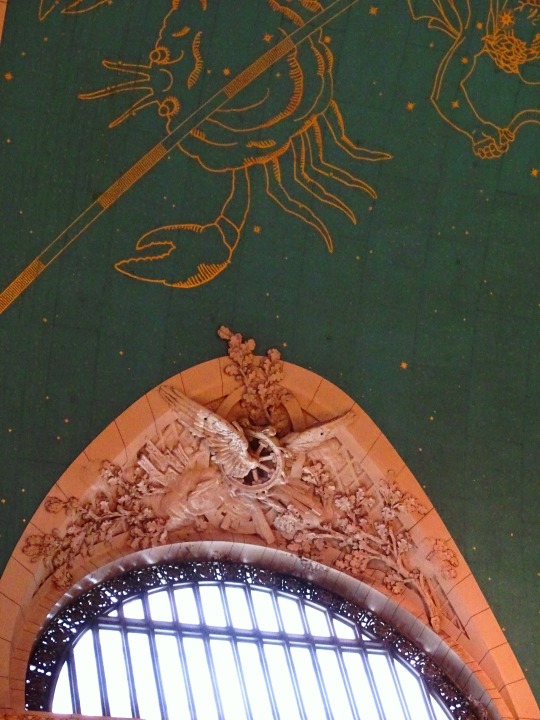
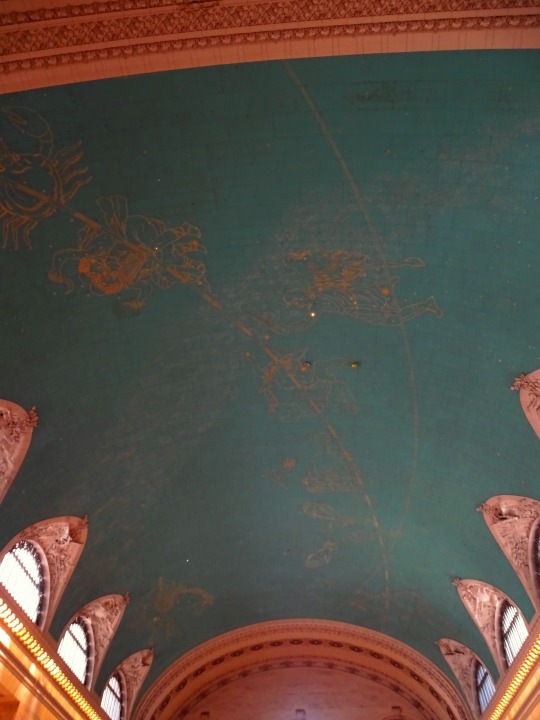
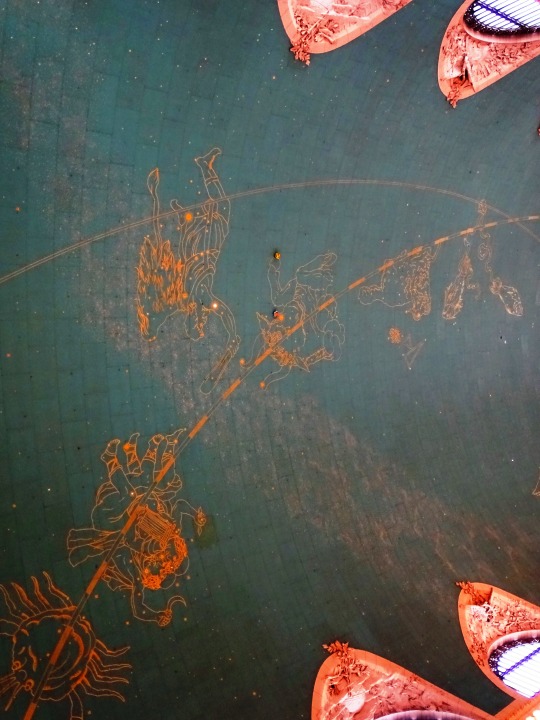
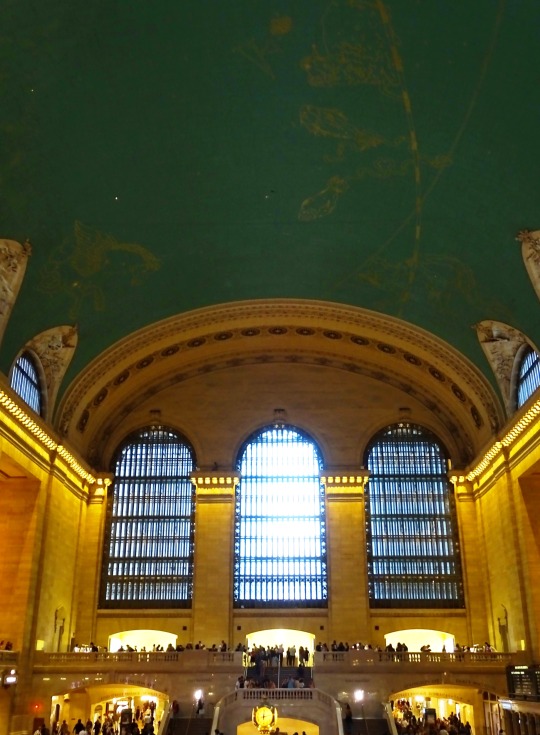
International Astrology Day
International Astrology Day (most often observed on either March 20 or March 21) is an annual observance/holiday celebrated by astrologers and astrology enthusiasts. It is seen by astrologers as the beginning (first day) of the astrological year. It is the first full day of the astrological sign of Aries and thus marks the beginning of the tropical Zodiac.
International Astrology Day is celebrated/observed depending on the exact day that the Northward equinox actually occurs. This varies year to year between March 19–22, though it usually falls on March 20 or March 21.
The date of the holiday occurs at the same time of the Iranian new year (Norouz), which is celebrated in many places throughout the Middle East and Central Asia. It also corresponds with the beginning of the Bahá'í calendar, which is celebrated as Bahá'í Naw-Rúz. Other holidays occurring around this time include Ostara (amongst neopagans), Chunfen in China, and Vernal Equinox Day (a public holiday in Japan), among others.
Source
#Grand Central Terminal#Main Concourse ceiling by Paul César Helleu#travel#Reed and Stem#Warren and Wetmore#Beaux-Arts#original photography#summer 2018#interior#vacation#tourist attraction#landmark#USA#89 East 42nd Street#Midtown Manhattan#New York City#International Astrology Day#InternationalAstrologyDay#first day of Spring#20 March 2023#clock#I don't believe in astrology#zodiac#star constellations
4 notes
·
View notes
Photo
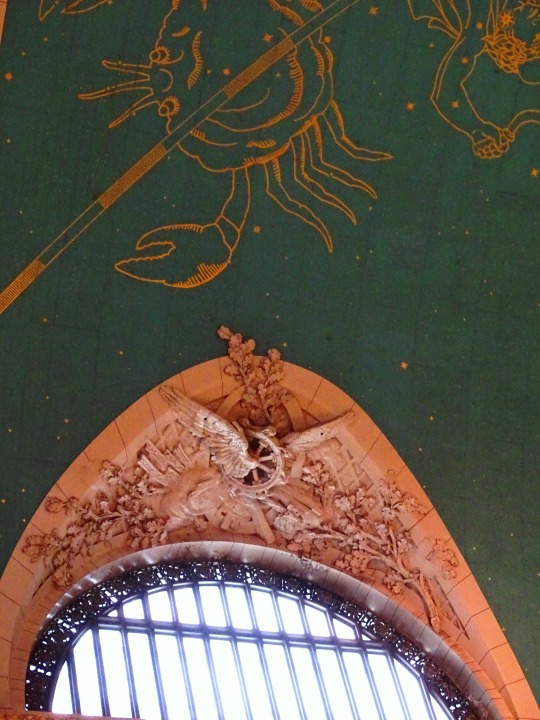




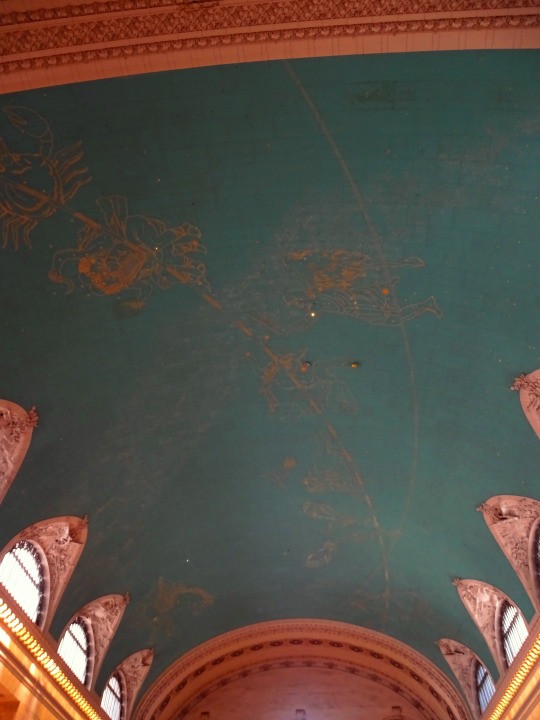

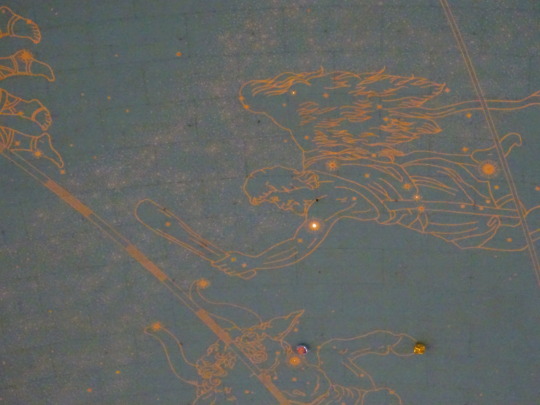

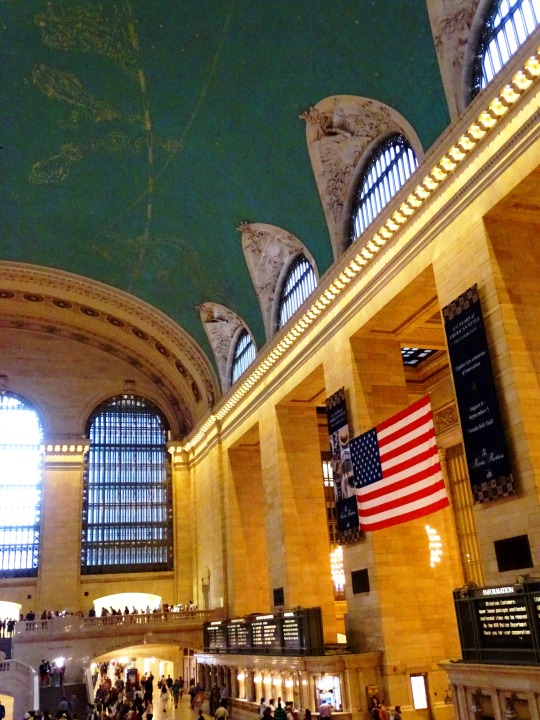
International Astrology Day
International Astrology Day (most often observed on either March 20 or March 21) is an annual observance/holiday celebrated by astrologers and astrology enthusiasts. It is seen by astrologers as the beginning (first day) of the astrological year. It is the first full day of the astrological sign of Aries and thus marks the beginning of the tropical Zodiac.Paul César Helleu
International Astrology Day is celebrated/observed depending on the exact day that the Northward equinox actually occurs. This varies year to year between March 19–22, though it usually falls on March 20 or March 21.
The date of the holiday occurs at the same time of the Iranian new year (Norouz), which is celebrated in many places throughout the Middle East and Central Asia. It also corresponds with the beginning of the Bahá'í calendar, which is celebrated as Bahá'í Naw-Rúz. Other holidays occurring around this time include Ostara (amongst neopagans), Chunfen in China, and Vernal Equinox Day (a public holiday in Japan), among others.
Source
#Main Concourse Ceiling#Grand Central Terminal#Beaux-Arts#interior#travel#89 East 42nd Street#Reed and Stem#Warren and Wetmore#20 March#USA#International Astrology Day#InternationalAstrologyDay#first day of Spring#Midtown Manhattan#New York City#I don't believe in astrology#astrological sign#Paul César Helleu#tourist attraction#landmark#summer 2018#original photography
3 notes
·
View notes
Photo

Beaux Arts Beauty
What do you think about my pic?
#Main Concourse#Grand Central Terminal#Reed and Stem#Beaux-Arts#architecture#interior#iconic clock#landmark#tourist attraction#Manhattan#Warren and Wetmore#New York City#summer 2018#I'll be back this summer#original photography#three round-arched windows#elliptical barrel-vaulted ceiling#mural of constellations#Paul César Helleu#What do you think about my pic?
2 notes
·
View notes
Photo



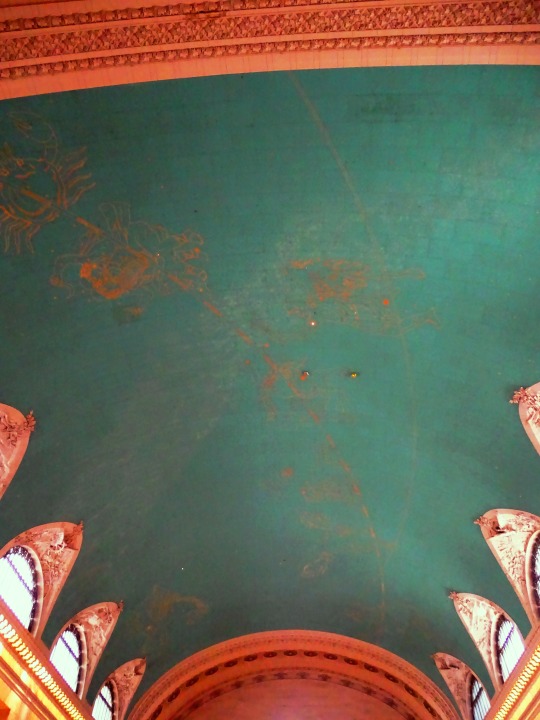
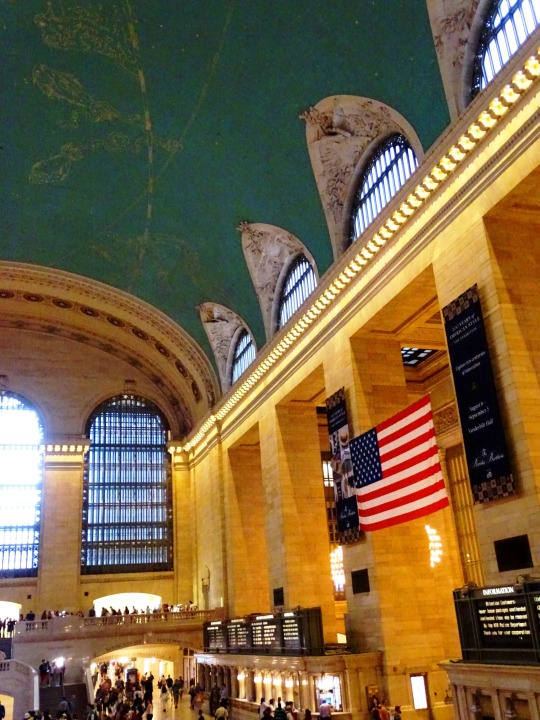
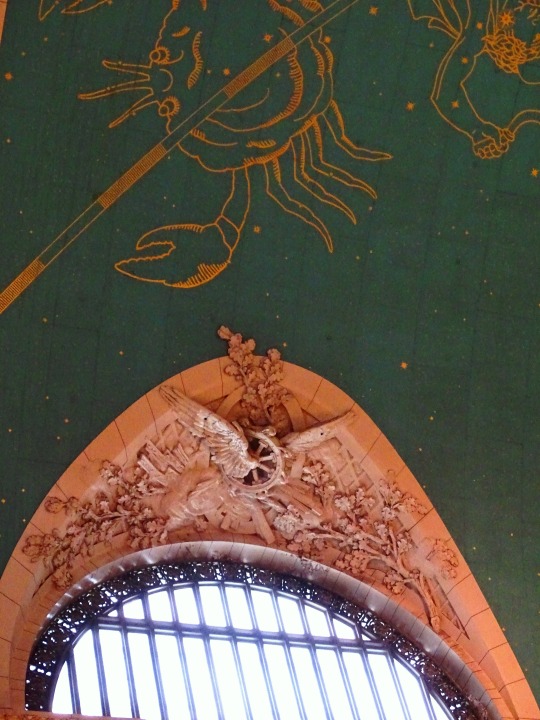

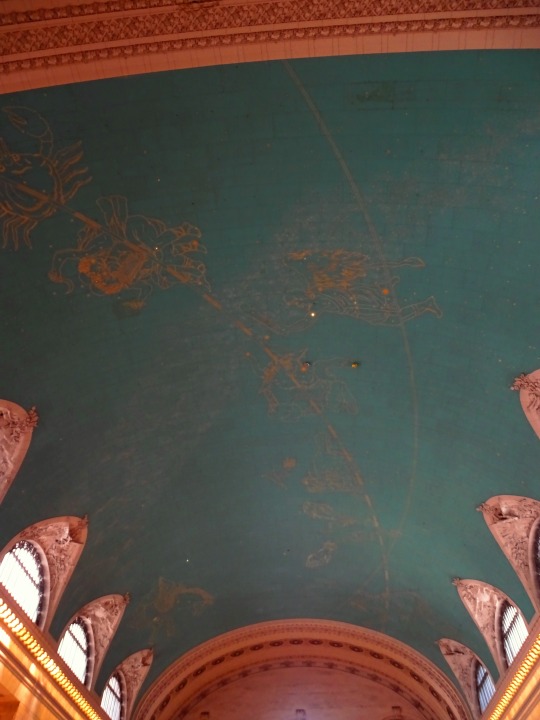


Grand Central Terminal, Manhattan (No. 2)
The Main Concourse, on the terminal's upper platform level, is located in the geographical center of the station building. The cavernous concourse measures 275 ft (84 m) long by 120 ft (37 m) wide (about 35,000 square feet (3,300 m2) total) by 125 ft (38 m) high. Its vastness was meant to evoke the terminal's "grand" status.
The concourse is lit by ten globe-shaped chandeliers in the Beaux-Arts style, each of which weighs 800 pounds (360 kg)��and contains 110 bulbs. Natural light comes from large windows in its east and west walls. Each wall has three round-arched windows, about 60 feet (18 m) high, identical in size and shape to the three on the terminal's south facade. Catwalks, used mostly for maintenance, run across the east and west windows.Their floors are made of semi-transparent rock crystal, cut two inches (51 mm) thick.
The Main Concourse is surrounded on most of its sides by balconies which may be reached by the concourse's West Stairs, original to the station, or the matching East Stairs, added during a 1990s renovation. The staircases were modeled after those of the Palais Garnier in Paris, along with the concourse's set of arched windows.Underneath the east and west balconies lie two intricately carved marble water fountains. The fountains, which date to the terminal's opening, still operate and are cleaned daily, though they are rarely used.
The Main Concourse's ceiling is an elliptical barrel vault, with its base at an elevation of 121.5 feet and its crown at 160.25 feet. A skylight was originally supposed to be installed to provide light into the terminal, and accommodations were made for a large ceiling light, in case an office building were to be constructed over the terminal.
A false ceiling of square boards, installed in 1944, bears an elaborate mural of constellations painted with more than 2,500 stars and several bands in gold set against a turquoise backdrop. It is a less-detailed version of an earlier mural painted directly on the ceiling itself. The original mural, conceived in 1912 by architect Warren and painter Paul César Helleu and executed in 1913 by Brooklyn's Hewlett-Basing Studio, became water-damaged and faded by the 1920s. In 1945, New York Central covered it with cement-and-asbestos boards and a new version of the mural. Both the original mural and its mid-century copy contain several astronomical inaccuracies: the stars within some constellations appear correctly as they would from earth, other constellations are reversed left-to-right, as is the overall arrangement of the constellations on the ceiling. Though the astronomical inconsistencies were noticed promptly by a commuter in 1913, they have not been corrected in any of the subsequent renovations of the ceiling.
There are half-moon clerestory windows on the north and south sides, with carvings by Salières, alternately depicting a globe adorned with Mercury's staff and a winged wheel that symbolizes the speed of the railway, adorned with lightning bolts to symbolize the line's then-recent electrification. Both designs include laurel and oak branches.
Source: Wikipedia
#Grand Central Terminal#Beaux Arts#architecture#interior#travel#vacation#summer 2018#original photography#tourist attraction#Midtown Manhattan#New York City#window#elliptical barrel vault#mural of constellations#Paul César Helleu#Reed and Stem#Warren and Wetmore#landmark#cityscape#indoors#stars
1 note
·
View note